Why are you looking at what you’re looking at
Monthly Archives: March 2023
Not me. I Don’t Qualify
The Choirboy and the Bellydancer is a memoir written by Christine Potter. It is a love story of the Fort Langley couple who met in the U.K as teenagers and moved to Canada in late ‘90s.
Choir boy and belly dancer settle in B.C. after roller coaster love story
Christine and Christopher met as teens in the United Kingdom
A Fort-Langley woman penned down her roller coaster love story, and it is as romantic and filmy as it could get.
The Choirboy and the Bellydancer, a memoir by Christine Potter is a Valentine to her husband, Christopher Potter, will take readers through international wars and across nations before bringing them back to Fort Langley, where the couple found a cozy place to call home.
A true romance tale of teenagers who met in the United Kingdom and fell in love at 16, the memoir includes tales from Christine’s life as a belly dancer in the Middle East.
Born near the end of the Second World War, Christine and Christopher, a choirboy, worked together in a shop as teens. When a landlord kicked out Christine for scaring off her elderly roommate through her interest in horror stories, she had nowhere to go. Young Christopher convinced his family to allow her to live in their home.
Soon after the duo fell in love, Christine moved to the Middle East at the age of 17 to join her father and became a belly dancer – a move that got her father fired from his civil engineering job. She returned to the U.K. and “picked up” her relationship with Christopher where they left off.
The book vividly describes the war era when Christopher’s home was bombed, and he was buried under the debris only to be found by a fireman who initially mistook baby Chris as a cat.
The couple immigrated to Canada in 1965, and moved to Fort Langley in the ‘80s.
“We love it here [Fort Langley] and we have made such good friends,” said Christine.
The couple recently celebrated their 57th wedding anniversary – 38 of their years together, living in Fort Langley. Not a bad run, considering the relationship was predicted to last for six months when they met in the 1960s.
“It is one day at a time in our relationship and that is our philosophy,” said the couple.
Now retired, the 78-year-old globetrotting author has worked as a travel journalist in the past.
The stay-at-home period because of the COVID-19 pandemic offered Christine the time and opportunity she was looking for to pick up her passion for writing and to self-publish her work.
The Choirboy and the Bellydancer is available online at Amazon and might soon be available in the local book stores. Christine said that some booksellers are showing interest in working with her.
An avid reader, Christine said she reads “pretty much anything and everything.”
Some people who bought the book even knocked on Christine’s door to get their copies signed. Her book is available online in Canada, England, and Australia, but the author is yet to receive one for herself.
“I haven’t got one for myself yet. It is very very frustrating,” said Christine chuckling.
A serious question
Back in the day: Would Frank get up and dance?
For the rhythm, or, because I was getting fired for playing it on the radio.
El Chicano: Viva Tirado
I’m not mad at you












Ned – Yes Please
A rich but focused wine, this Pinot Noir will probably age well.
Fruit on the palate is fresh and bright. Tannins provide much needed structure. Medium long, red fruit finish. But there’s depth, too, with a hint of spice and earth to add complexity.
Simply put — we liked it a lot. Great value and, of course, goes very well with Lamb.
PINOT NOIR – MARISCO THE NED MARLBOROUGH
$24.99
14% alcohol
UPC: 00626990160847
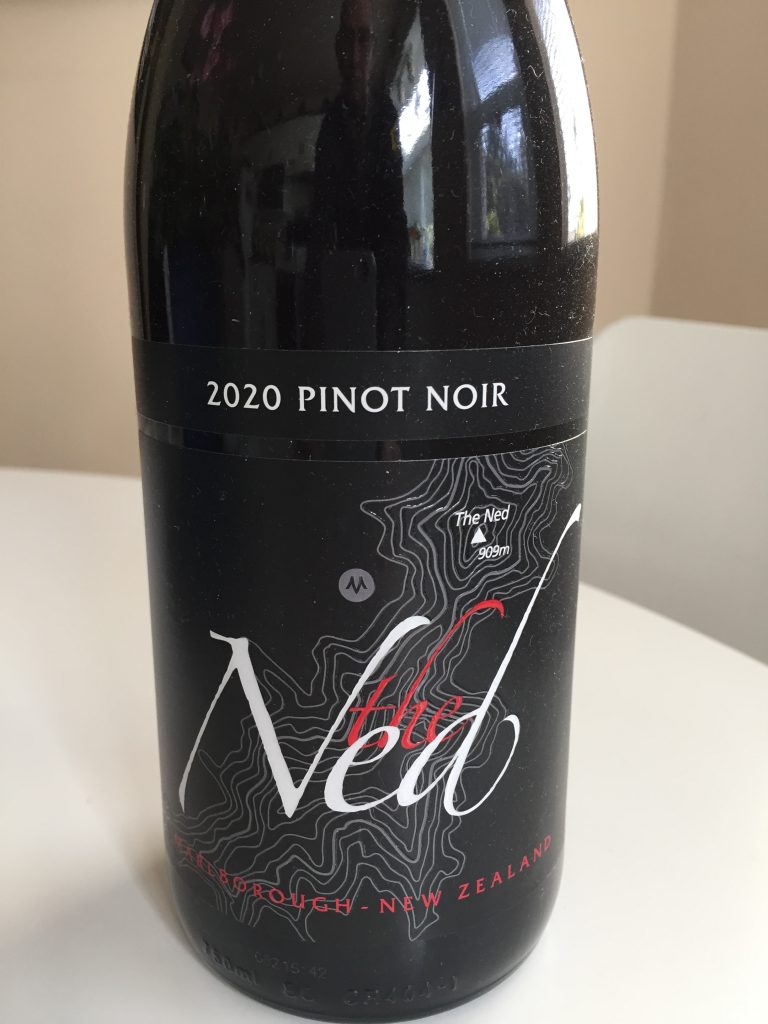
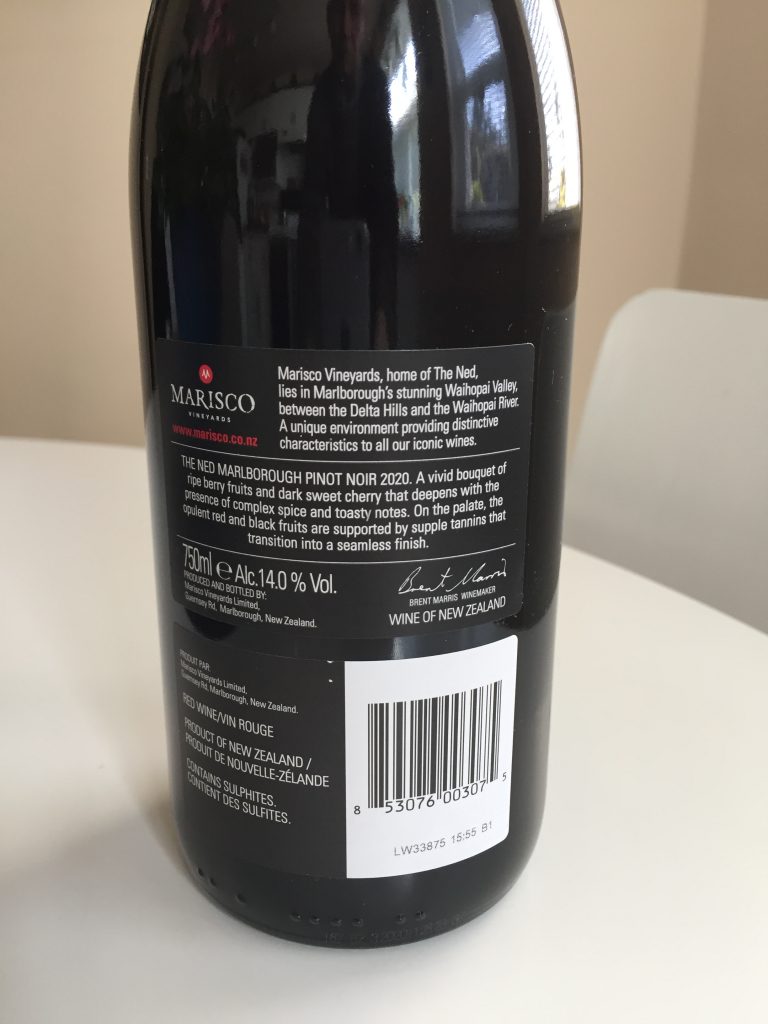
Australian Reds and Whites
Australia is an extremely important wine producing country, both in terms of quality and scale. In 2020, it produced 10.6 million hectolitres of wine, with approximately a 60:40 split between red and white grape varieties. .
Australia has developed a comprehensive appellation system with over 60 designated wine regions and wine produced to some capacity in every state.
Its vast size and huge range of climatic and geographical conditions, makes it one of the most versatile wine-growing countries in the world. In 2021, there were just over 146,000 hectares (360,000 acres) of vineyards in Australia. 39 percent of this was planted to Shiraz, 24 percent to Cabernet Sauvignon and 21 percent to Chardonnay. Merlot covered 8 percent and Sauvignon Blanc 6 percent.
The country has also played a major role in the globalization of wine. Many of its brands have a strong international presence, as do its well-trained and well-qualified wine professionals, who have spread their expertise to many corners of the world.
Australian wine state by state
Wine is produced in all of Australia’s six states, however, the vast majority is made in the southeast. New South Wales, Victoria and inparticular South Australia, are the most important states for wine production as the cooler climates are more favourable for viniculture. The latter accounts for approximately half of the country’s annual output.
Western Australia only accounts for around two percent of national production. However, the best wineries are well known on export markets as the state as a wine style that is distinctly different from the rest of the country. The state produces approximately 20 percent of the country’s fine wine with the Bordeaux red blends of the Margaret River region particularly prominent.
Climate, terroir and wine styles
Overall, the mesoclimates of Australia’s winemaking regions are most prominently affected by the southerly latitude, with a staunch Mediterranean climate of warm, dry summers and cool, wet winters. Regional features such as altitude and proximity to the oceans also play a significant role.
Soil types vary greatly from the overly fertile red-brown earth of the Riverina to the ancient, weathered granite-based soils of Margaret River. The most famous soil type of the Australian wine industry is the terra rossa of the Coonawarraregion in the southwest of South Australia. The vivid red, clay-loam has a high portion of iron ore and sits atop of a bed of limestone with surprisingly good drainage. It is a popular for soil type for wine production, producing particularly aromatic Cabernet Sauvignon. Similar soils are found in La Mancha of Spain and the Italian Carso region.
This variety of terroir and growing conditions results in a broad portfolio of wine styles. By way of illustration, blockbuster Shiraz is produced in the Barossa Valley in South Australia. The neighboring Eden Valley, at higher altitudes, is the home of many of Australia’s best Rieslings. The Clare Valley portfolio also ranges from gutsy reds to elegant Riesling and Chardonnay.
Coastal influenced areas using cooler climate grapes include Mornington Peninsula in Victoria. Further north, the moderating influence of the sea on the Fleurieu Peninsula produces a Mediterranean climate. 240 kilometers (150 miles) south of the mainland, Tasmania is best known for graceful Pinot Noir and sparkling wines.
Australian wine history and old vines
Looking backwards, the country has an impressive wine history. Many wine regions date back to the mid 19th Century. This does not compare to many European regions (and some New World ones). But the descendants of many founding families are still growing grapes. Different valleys or towns are often associated with immigration from a particular European country or province. This further adds to the diversity of Australian wine.
The country also boasts some of the oldest productive (ungrafted) grape vines in the world. Some were planted as far as the 1840s, and there are numerous century-old plots. The Barossa is a particular hot spot in this regard. Due to various factors including isolation, and the prevalance of sandy soils, the vineyards here did not experience wholesale devastation by phylloxera.
Scotsman James Busby, who is often referred to as “the Father of Australian viticulture” built a farm in the Hunter Valley in 1825 and brought seedlings from Europe. Opulent Barossa Shiraz, strong Coonawarra Cabernet, and wood-heavy Chardonnay can be described as figureheads from Down Under. But the elegant wines from the cool Australian wine regions are becoming very popular. Shiraz, Chardonnay, and Cabernet Sauvignon are the three main grape varieties from Australia.
Shiraz – The Icon of Australia
Shiraz is the most widely cultivated grape variety in Australia wine country. Shiraz, commonly known as Syrah in old wine countries, is a dark-skinned grape variety originated from the Rhône wine region and grown throughout the world. However, there is another story, telling that Syrah/Shiraz grape variety originates from the city of Shiraz in Persia. Despite different ideas about the origin of Shiraz, today it has adapted to the local Australian climate and soil conditions and also differs from the European Syrah selections.
Western Australia- Margaret River and Great Southern
Western Australia is the largest state in the country. However, territories covered with vineyards are only allocated in the southwest part of the state. The most famous wine area in the region is the Margaret River, which is located in the cooler part of Western Australia near the southwest coast. In the northern and eastern parts of the region, the climate is far too hot and dry to support winemaking. In contrast to the majority of the region, the climate in the southwest corner is cool and temperate due to the nearby ocean and coastal breezes, making it near perfect for viticulture.
Because of the cool sea wind, Shiraz and Cabernet Sauvignon express elegance and freshness here. The Sémillons, Sauvignons, and Chardonnays also impress with their crisp fruit and classic varietal aromas. Local climate also supports the cultivation of Pinot Noir and Riesling. Swan Valley, which is located 25 minutes from Perth invites you to explore its local heritage on a wine tour, enjoy family time, and indulge in a rich fusion of award-winning wines, speciality liqueurs, and delicious treats, including olives, cheeses, jams, nuts, and chocolate.
Past Posters
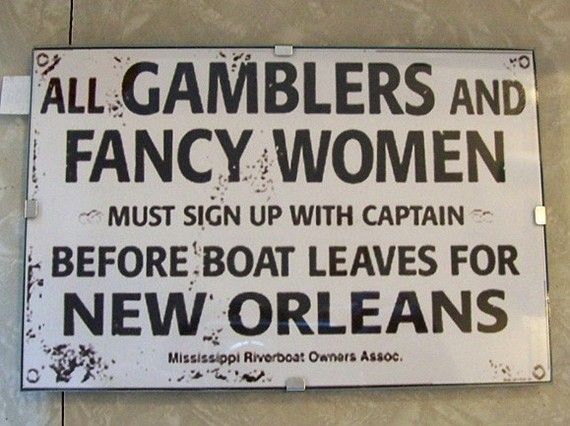
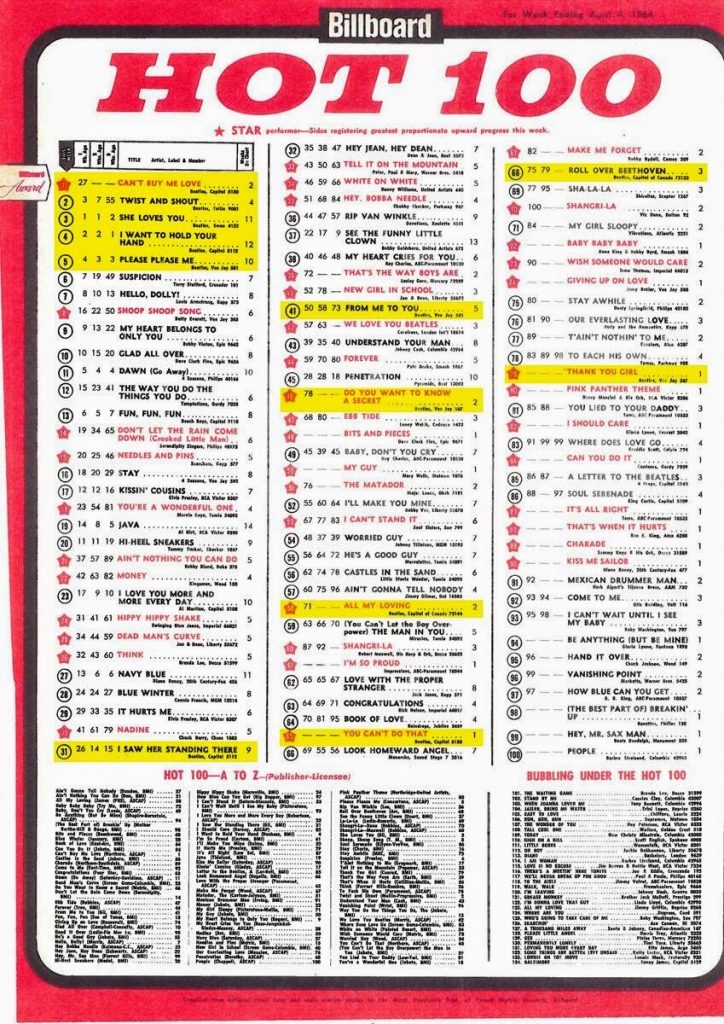


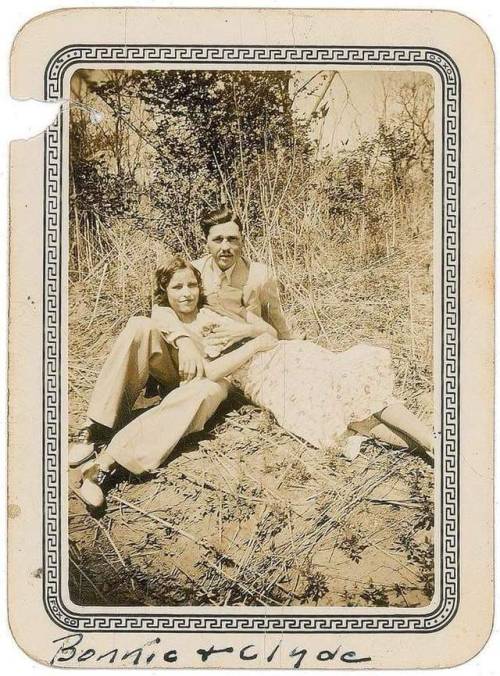
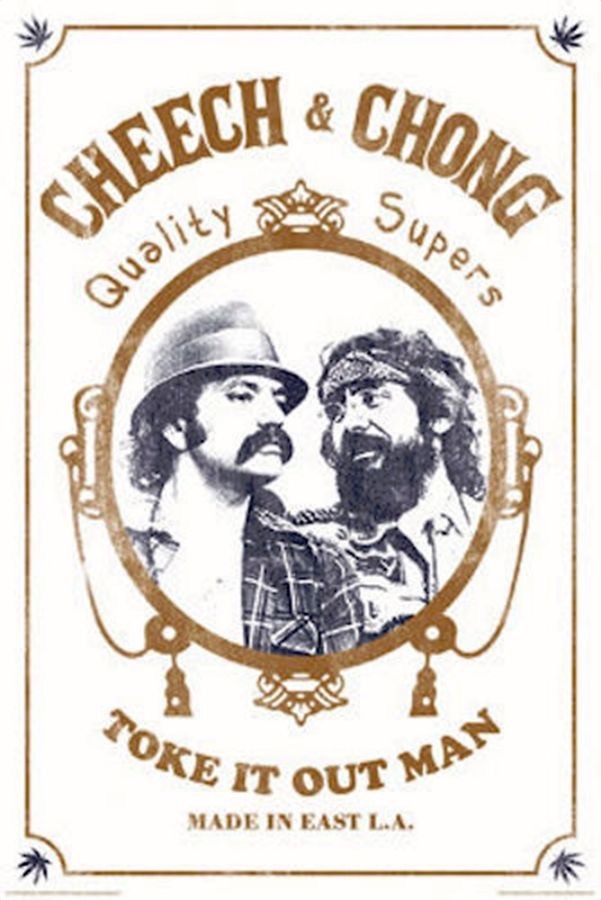
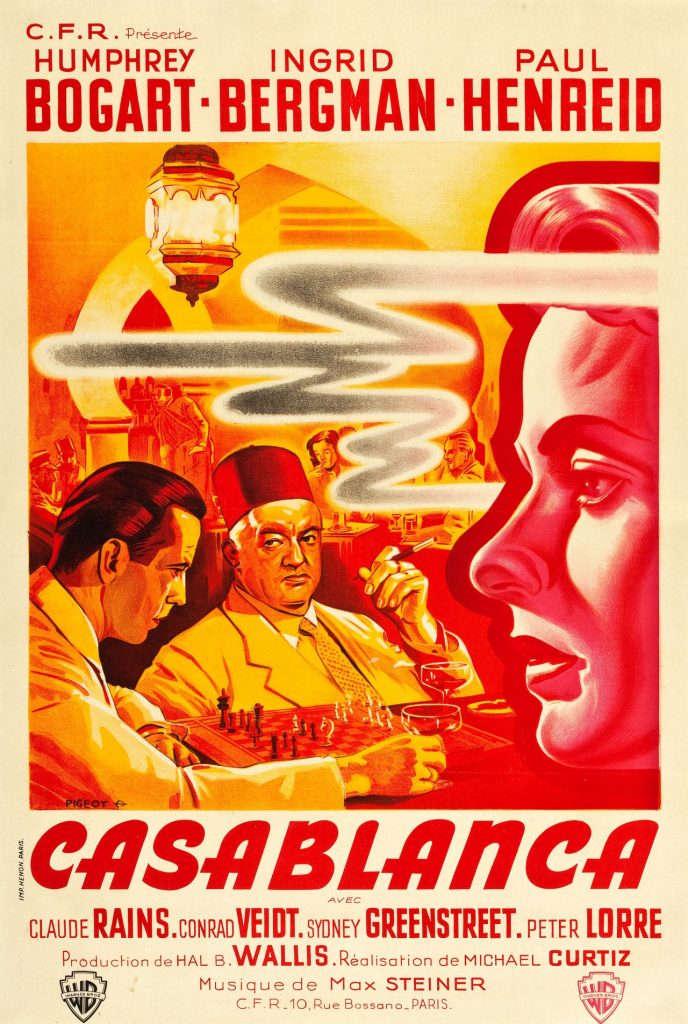



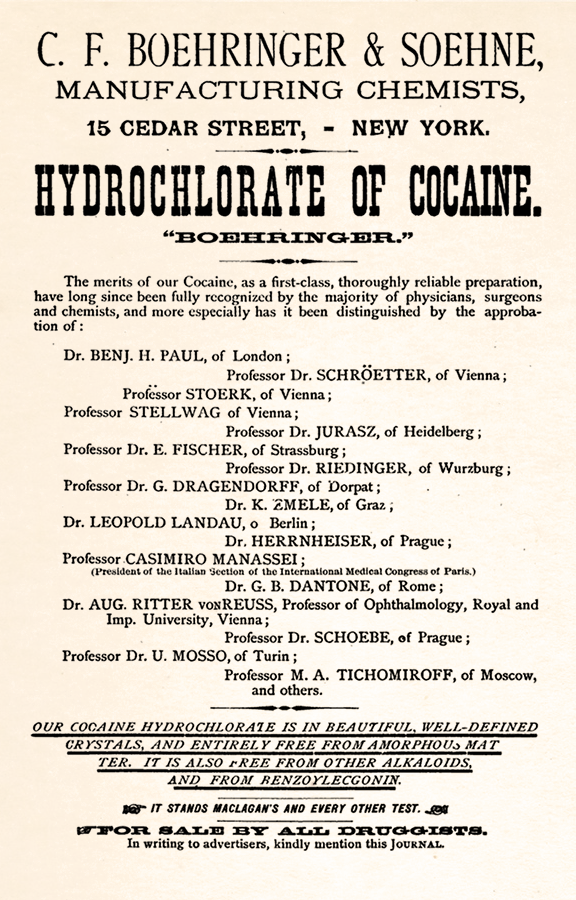
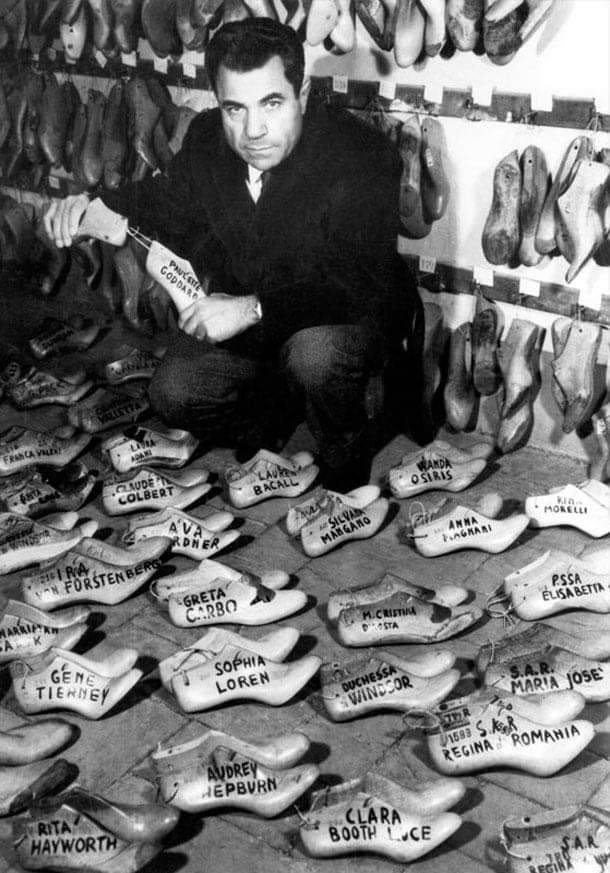


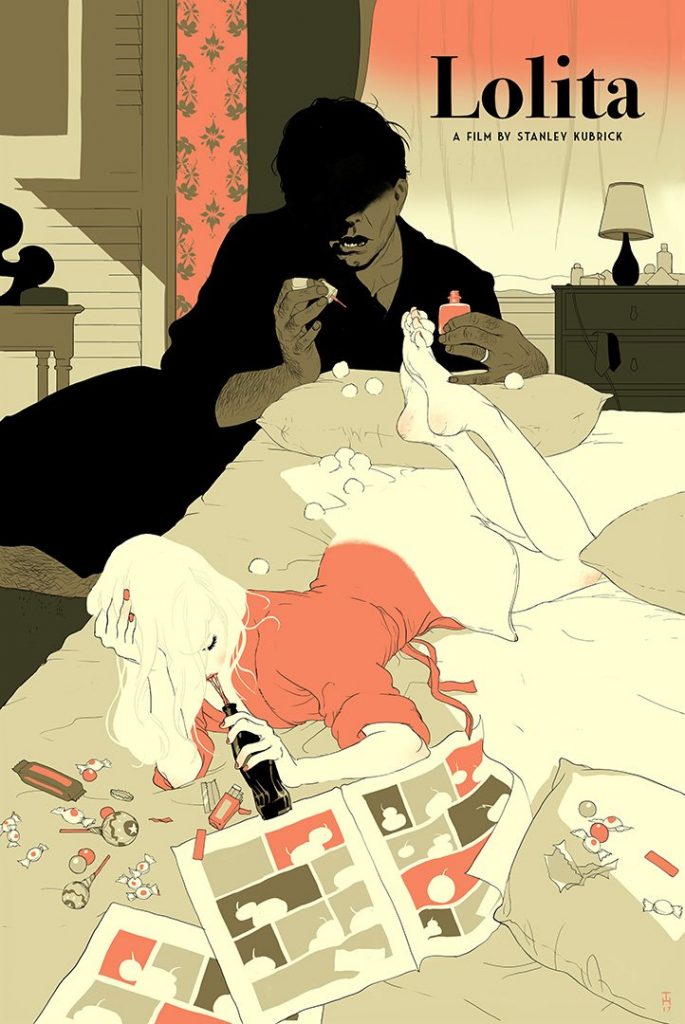
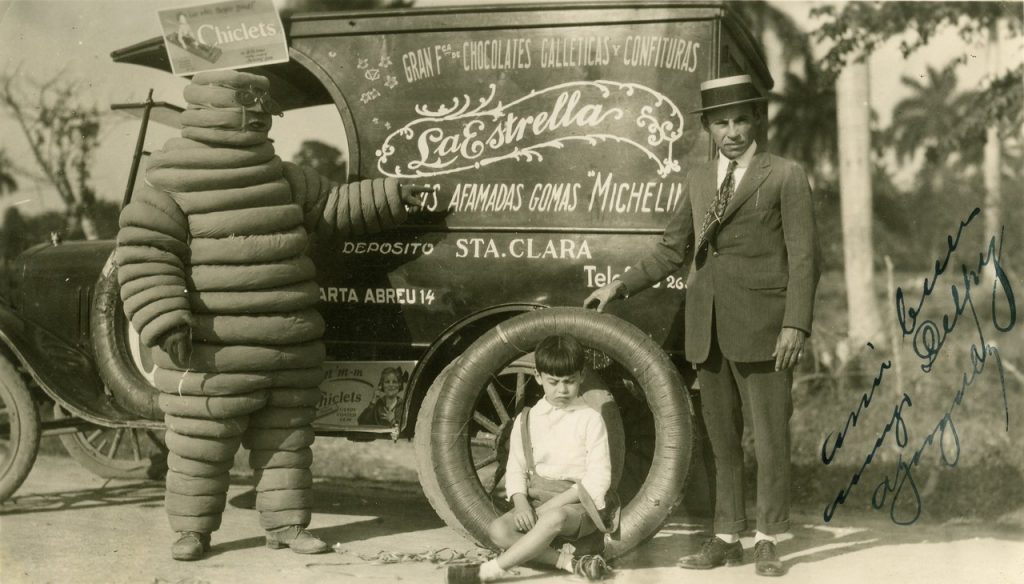
The year you were born
What was the most important car in the year that you were born?
https://www.popularmechanics.com/cars/g23320934/car-history/
We missed the point
This red grape is fermented in bottle for a frizzante, or lightly bubbly “effervescent” style. “Soliera”, from which the winery takes its name, comes from the Latin solarium, namely “place exposed to the sun”. This is a fundamental element for cultivating a particular grape like Lambrusco effectively and gives the wine a pleasant and distinctive flavour.
Amongst the most noble crus from which Cantina di Soliera selects part of the grapes for this prestigious project, the estate has maintained a vineyard plot of some 4 hectares of ungrafted Sorbara grapes for over 50 years, from which the most authentic dry Sorbara wines are obtained. At Cantina di Soliera, the decades of experience of our people, joined with the warmth of the sun shining above the vines and the passion for Lambrusco, have given rise to a love story that is cheerful, sparkling, intense, balanced, and effervescent all at the same time.
We’re just not used to the ‘froth’ and the effervescence, but the wine went well with our scallops, prawns and couscous. Did enjoy the dryness, even though the bright light colour did take us a bit by surprise when I uncorked the bottle. The bouquet was fruity and the finish had excellent follow through.
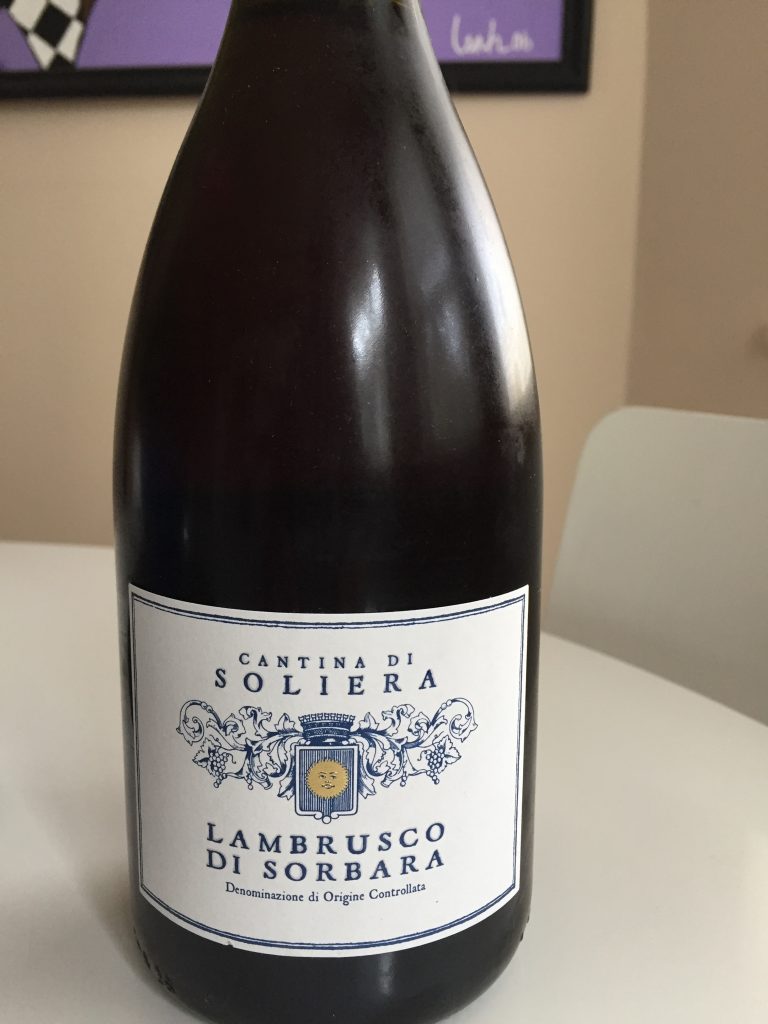
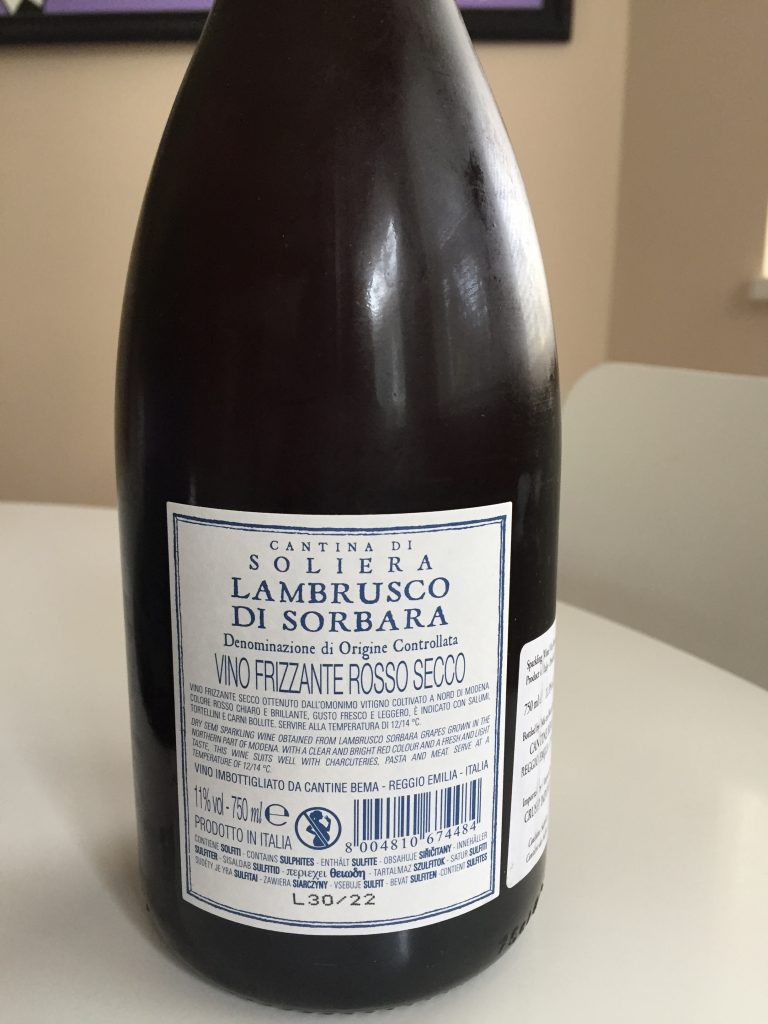
Drinking First Wives
David Goldstein, aka Rupert Holmes, went on to become a playright of fame after his musical hits of “Escape (The Pina Colada Song)” and “Him”.
He is also known for his musicals, “The Mystery of Edwin Drood” which earned him two Tony Awards and “Curtains”, and for his television series “Remember WENN”.
Holmes also wrote the book of the musical “First Wives Club”, adapted from the film of the same name.
He later adapted the John Grisham novel and film of a “A time to kill” for the stage.
His next novel, “The McMaster Guide to Homicide: Murder your Employer” is scheduled for release this year.
